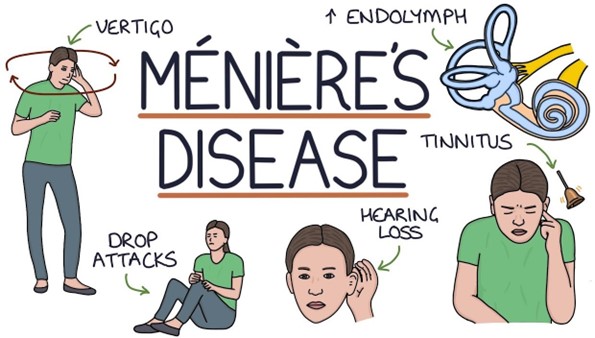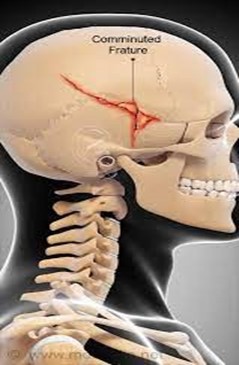A nurse is planning care for an older adult client who has Ménière's disease.
Which of the following interventions should the nurse include in the plan?
Encourage the client to change positions slowly.
Perform range-of-motion exercises to the client's neck every 4 hours.
Administer aspirin if the client reports a headache.
Limit the client's fluid intake to 1,500 mL per day.
The Correct Answer is A

This can help prevent dizziness and loss of balance, which are common symptoms of Ménière’s disease.
Choice B is not correct because range-of-motion exercises to the client’s neck every 4 hours are not a standard intervention for Ménière’s disease.
Choice C is not correct because aspirin is not always the recommended medication for headaches associated with Ménière’s disease.
Choice D is not correct because limiting fluid intake is not a standard intervention for Ménière’s disease.
Nursing Test Bank
Naxlex Comprehensive Predictor Exams
Related Questions
Correct Answer is ["B","D"]
Explanation
Apricots and nuts are low-purine foods that can be included in a low-purine diet.
Sardines are high in purine and should be limited or avoided.
Scallops are high in purine and should be limited or avoided.
Liver is high in purine and should be limited or avoided.
Correct Answer is A
Explanation

A decrease in the Glasgow Coma Scale (GCS) score indicates a decline in the client’s level of consciousness and neurological function.
This can be a sign of increased intracranial pressure or other complications related to the skull fracture.
Choice B is incorrect because an increase in WBC count may indicate an infection, but it is not as concerning as a decrease in GCS score.
Choice C is incorrect because a change in pulse pressure may indicate changes in cardiovascular function, but it is not as concerning as a decrease in GCS score.
Choice D is incorrect because a change in pupil diameter may indicate changes in neurological function, but it is not as concerning as a decrease in GCS score.
Whether you are a student looking to ace your exams or a practicing nurse seeking to enhance your expertise , our nursing education contents will empower you with the confidence and competence to make a difference in the lives of patients and become a respected leader in the healthcare field.
Visit Naxlex, invest in your future and unlock endless possibilities with our unparalleled nursing education contents today
Report Wrong Answer on the Current Question
Do you disagree with the answer? If yes, what is your expected answer? Explain.
Kindly be descriptive with the issue you are facing.
